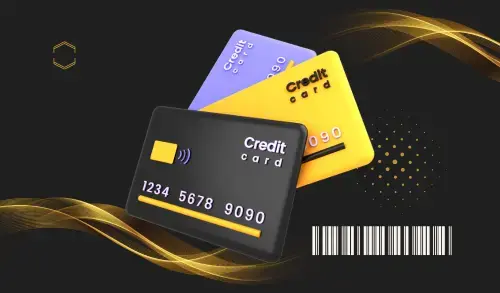The growing demand for online shopping services is changing how companies secure credit card transactions. However, so is the style of credit card fraud and identity theft.
To show you just how serious the situation is, the Federal Trade Commission (FTC) recorded over a million cases of identity theft in 2021. Fraud caused $5.8 billion in losses, with $2.3 billion going to scammers and $392 million lost in online shopping.
It seems scammers are outsmarting security features by the hour. Therefore, you can’t afford to leave all your financial data at the mercy of your credit card company.
How To Test Your Credit Card Security
Monitor Mobile and Laptop Activity
You might be hosting spyware on your phone without knowing it. Spyware may cause abnormal data usage and drain your battery. Other signs of spyware are apps crashing and your phone slowing down.
To be safe, update your mobile apps and install security apps like anti-virus and anti-spyware. Also, change your passwords if you suspect your apps are compromised.
Ask for a Credit Report
That’s where you’ll see any loans taken in your name, credit cards requested with your identity, or even utility bills paid using your credit cards. You can also know your credit report when getting a pre-approved credit card.
That’s the essence of the pre-approved vs pre-qualified credit cards debate because a lender screens clients who qualify for pre-approved credit cards and sends the offer. These lenders pull information received from the credit bureau. Hence, you most likely have a good payment history and credit score if you receive those offers often.
Check your Credit Card Statement
The numbers and percentages on your credit card statement might discourage you from checking it regularly. However, it’ll get easier once you do it often and learn how to analyze it. Go through all the transactions and highlight the ones that look suspicious or erroneous.
Sign up for Email or Text Alerts
Receive alerts whenever you make a transaction using your credit card or bank account. Another security measure is two-factor authentication. Even if someone gets your details, they’ll have to pass through this second layer of protection to pay with your card.
For example, the credit card company may send a passcode as a text message or an email.
Have you Clicked Unsolicited Links Lately?
Image by Vicky Gharat from Pixabay
Alt tag: A laptop screen showing a coding language and an anonymous person wearing a hoodie
You may have been part of a phishing attack that collected your personal information. Scammers may pose as your bank, credit card company, or friends from the past. They connect with you through email and social media. Some are so daring as to call or text you.
Check Your Card’s Security Features
You’ll get such details from the terms of service. A company will tell you all its built-in security features. Additionally, the terms of service will explain how it stores your data.
For example, when you use your camera to enter card details on Apple Pay, it doesn’t save them on your device. Instead, it uses a key to encrypt these details in real-time.
Review Any Transactions Made Over Public Wi-Fi
Avoid sharing your credit card details over public Wi-Fi in cafes, hotel rooms, etc. If you don’t have a choice and must access public Wi-Fi, change your passwords soon after to be safe. Additionally, it’s safer to use a personal laptop or your phone than a shared desktop.
Assess Website Security
Always check a site’s address to be sure it starts with HTTPS. The S confirms the site has an extra layer of security from an SSL certificate. As such, it encrypts the information sent from your side to the servers and back.
It prevents any third party from tampering with or recording your sessions. It confirms the site cares about your data because there are extra costs of installing and maintaining SSL certificates and ensuring each user connects to the server directly.
Verify Merchants Before Making Transactions
You may leave a trail of personal data when you pass through several platforms before reaching the merchant. It may be the case when following a link from a blog to get discounts on a merchant’s site. Hence, you had better lose such store discounts and access the merchant’s site directly.
In other cases, you may leave a trail when accessing your credit card through a merchant’s checkout page. Therefore, shop from licensed merchants as they use secure connections to meet eCommerce standards.
Final Thoughts
A cardholder’s activity may compromise credit card security and give fraudsters an easy time. Further, credit card providers and online merchants may not have security features to protect users fully. That’s why there are still millions of fraud cases annually.
So, what can you do? First, shop from licensed merchants. Two, utilize all the security features provided on your cards, such as two-factor authentication. Third, check your card’s transactions and report any fraudulent payments.
Lastly, protect your mobile apps from malware and spyware, and avoid transactions over public Wi-Fi.


